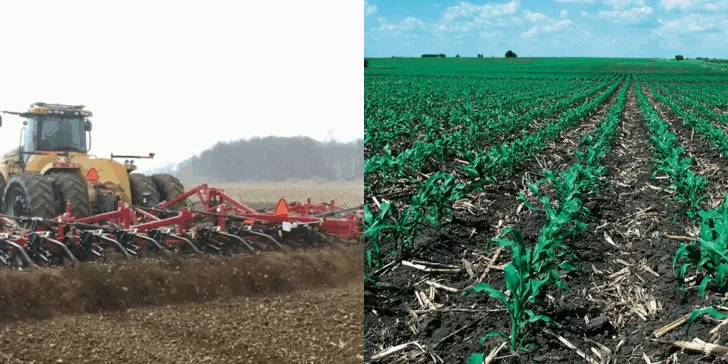Finding the Right Balance in Organic Agriculture
In organic farming, soil is more than just a growing medium — it’s a living ecosystem. While synthetic inputs are avoided, how we manage the soil physically is just as important.
So, do we say goodbye to tillage entirely?
Not quite.
Tillage helps manage weeds, incorporate organic matter, and prepare the seedbed. But intensive, deep plowing can damage soil structure, reduce biodiversity, and lead to erosion.
That’s why organic systems often use reduced or shallow tillage – disturbing the soil only as much as necessary.
✅ Best practices in organic tillage include:
- Shallow, targeted tillage
- Cover cropping to suppress weeds and protect the soil
- Mulching and crop rotation
- Using tools like roller-crimpers and flame weeders as alternatives
At SafePlant, we promote solutions that support both productivity and soil health. Understanding how to balance tillage is part of growing a more sustainable future. 🌾
🛒 Visit the SafePlant app for eco-friendly products and smart tools to protect your soil naturally.


Leave a Comment
Your email address will not be published. Required fields are marked *